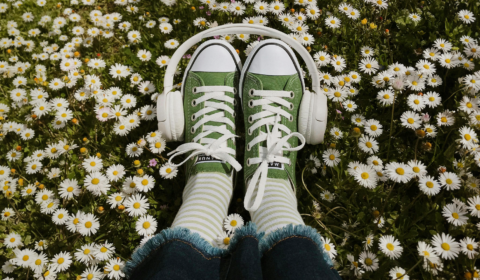In an age of mass consumerism and climate change, it’s about time we look at the actual costs of gift giving. Here’s a real look at the environmental price tag of consumerism and some ideas to make gift-giving eco-friendly this holiday season.
In preparation for the holidays, companies and advertisers have been wracking their brains trying to figure out how to get you to buy more in the name of gift-giving.
Buses, billboards, TV screens, and social media feeds are now crammed with idyllic scenes of shoppers making the best of low prices and stocking up for the holidays.
What they don’t tell you is that everything we buy comes with an environmental cost that isn’t accounted for in the price you pay in store.
The explanation as to why this happens is simply. When we look at the carbon footprint of a product, we must consider its entire lifecycle.
That means the emissions released from production, distribution, transportation, and disposal all need to be accounted for, effectively increasing the price and likely decreasing profits.
Then comes an additional social cost that accounts for the impact of a product on individuals, communities, and the local environment.
Companies seeking to make a profit are more likely to achieve that goal if they cut costs. Many times, this results in the exploitation of their work force and the destruction and pollution of ecosystems. In fact, a recent study linked over fifty companies to the deforestation of the Amazon. This included big names like Zara, Nike, H&M and Adidas.
Again, none of this is reflected in the price of a product and it wouldn’t be profitable for companies to be upfront about these issues. So as this becomes more common knowledge and with sustainability being the new trend, we’re seeing companies rebranding themselves to be more ‘eco-conscious’ more eco-conscious brands popping up.
Regardless of how a brand may market themselves, however, when it comes to shopping, the best thing you can do for the planet is to simply consume less.
So, what do we do this time of year when gift-giving is at an all time high? Here are a few ideas that’ll help make for a more sustainable holiday season.




















